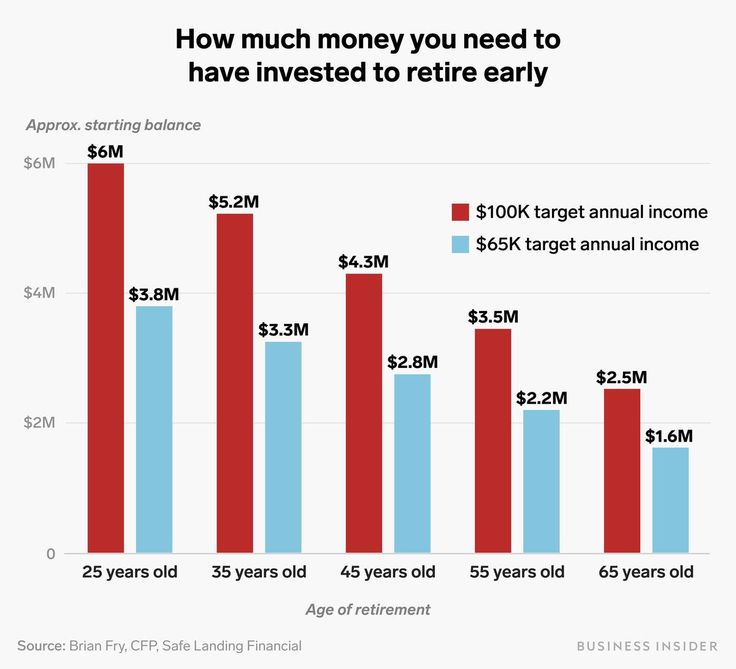As employers contend with growing numbers of younger employees quitting in the great resignation, the COVID-19 recession and gradual labor market recovery has also been accompanied by an increase in retirement among adults ages 55 and older.
As of the third quarter of 2021, 50.3% of U.S. adults 55 and older said they were out of the labor force due to retirement, according to a Pew Research Center analysis of the most recent official labor force data. In the third quarter of 2019, before the onset of the pandemic, 48.1% of those adults were retired. In regard to specific age groups, in the third quarter of 2021 66.9% of 65- to 74-year-olds were retired, compared with 64.0% in the same quarter of 2019.
The leading edge of the Baby Boomer generation reached age 62 (the age at which workers can claim Social Security) in 2008. Between 2008 and 2019, the retired population ages 55 and older grew by about 1 million retirees per year. In the past two years, the ranks of retirees 55 and older have grown by 3.5 million.
How we did this
The COVID-19 recession caused millions of Americans to leave the labor force, including many older workers. The recovery began in April 2020, and labor markets have tightened. Retirement is not necessarily permanent, as some retired adults may subsequently reenter the labor market. The track of the retirement rate sheds some light on how durable or long-lasting the employment disruptions are proving to be among older adults.
The share of retired U.S. adults is derived from the monthly Current Population Survey (CPS), conducted by the U.S. Census Bureau for the Bureau of Labor Statistics. The CPS is the nation’s premier labor force survey and is the basis for the monthly national unemployment rate released on the first Friday of each month. The CPS is based on a sample survey of about 70,000 households. The estimates are not seasonally adjusted.
“Retired” in this analysis is based on labor force status.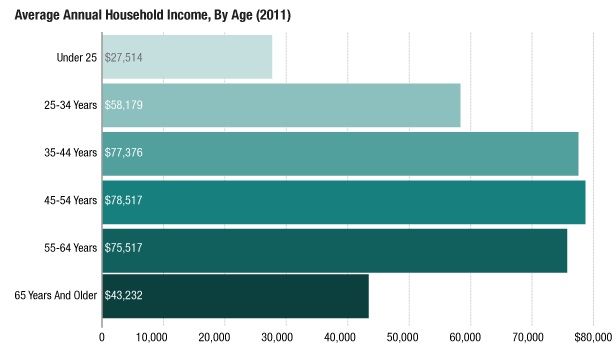 Those who cite “retired” as the reason for not being in the labor force (neither employed nor seeking work) constitute the retired population. This is a moment-in-time measure, and increases reflect the net change of adults moving both into and out of “retirement” due to changes in labor force participation.
Those who cite “retired” as the reason for not being in the labor force (neither employed nor seeking work) constitute the retired population. This is a moment-in-time measure, and increases reflect the net change of adults moving both into and out of “retirement” due to changes in labor force participation.
The CPS microdata files analyzed were provided by the IPUMS at the University of Minnesota.
The COVID-19 outbreak has affected data collection efforts by the U.S. government in its surveys, especially limiting in-person data collection. This resulted in about an 8 percentage point decrease in the response rate for the CPS in September 2021. It is possible that some measures of retirement and labor market activity and its demographic composition are affected by these changes in data collection.
The large impact of the COVID-19 recession – February 2020 to April 2020 – on retirement differs from recent recessions and marks a significant change in a long-standing historical trend toward declining or steady retirement rates among older adults.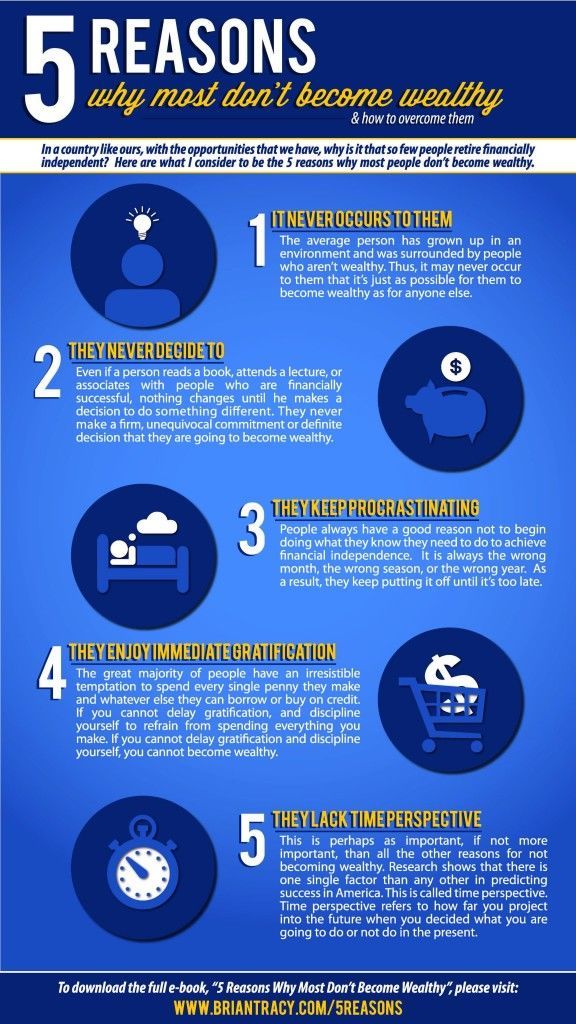
During the Great Recession and its aftermath, retirement rates declined. By the third quarter of 2010, 48% of adults ages 55 and older were retired, down from 50% in the same quarter of 2007. The prior recessions did not disrupt the longer-running trend of rising labor force participation and declining retirement among older Americans that began around 1997. Gradually declining retirement reflected in part rising education levels among older Americans as well as gains in their health. In addition, there were policy changes in Social Security that may have impacted retirement decisions. (For example, in 2000 the earnings test on benefit claimants was no longer applied to those who had reached full retirement age.)
The financial context in which older adults are making retirement decisions during the pandemic is markedly different from the Great Recession. During that period – December 2007 to June 2009 – there was a steep decline in the value of financial assets as well as home prices.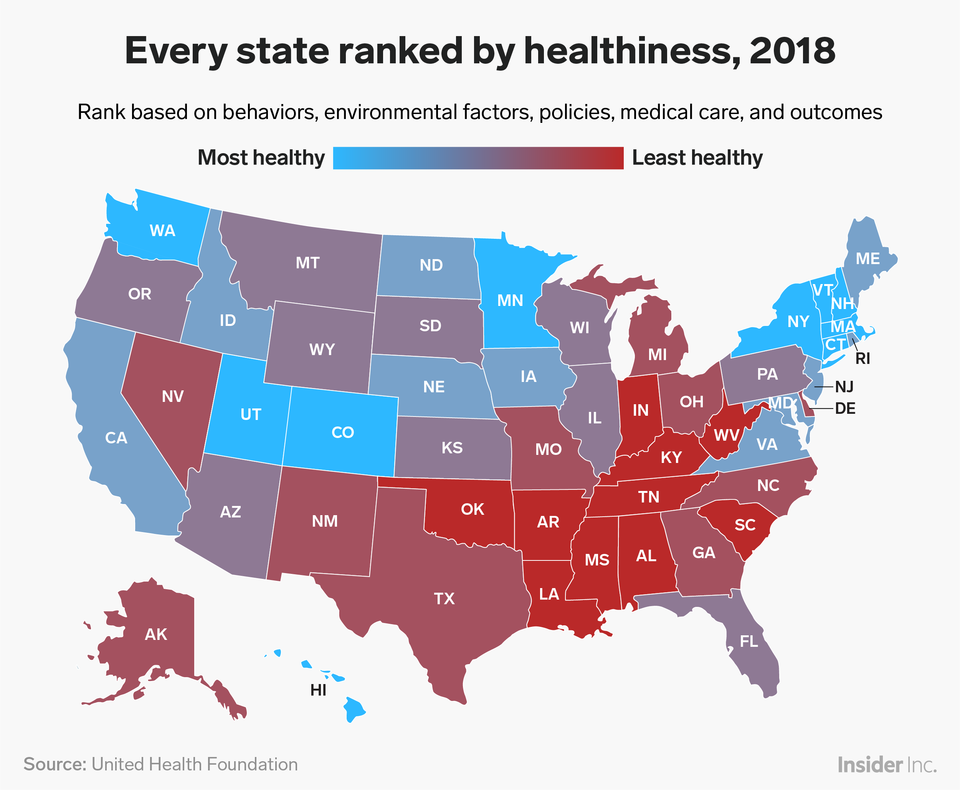 The resulting loss of wealth induced some older workers to remain in the labor force and postpone retirement. In contrast, household wealth has been rising since the onset of the pandemic. House prices have been rising in most markets. The stock market did have a sharp sell-off in March 2020 but reached new record highs by August 2020.
The resulting loss of wealth induced some older workers to remain in the labor force and postpone retirement. In contrast, household wealth has been rising since the onset of the pandemic. House prices have been rising in most markets. The stock market did have a sharp sell-off in March 2020 but reached new record highs by August 2020.
The retirement uptick among older Americans is important because, until the pandemic arrived, adults ages 55 and older were the only working age population since 2000 to increase their labor force participation. Labor force participation for the entire working age population declined from an annual average of 67% in 2000 to 63% in 2019. This partly reflects a steep drop in participation among 16- to 24-year-olds (66% to 56%) as young people increasingly pursued schooling rather than employment. Participation has also been declining this century among the “prime working age” population, those ages 25 to 54. The overall decline in labor force participation would have been larger if adults 55 and older had not increased their labor force participation (from 32% in 2000 to 40% in 2019).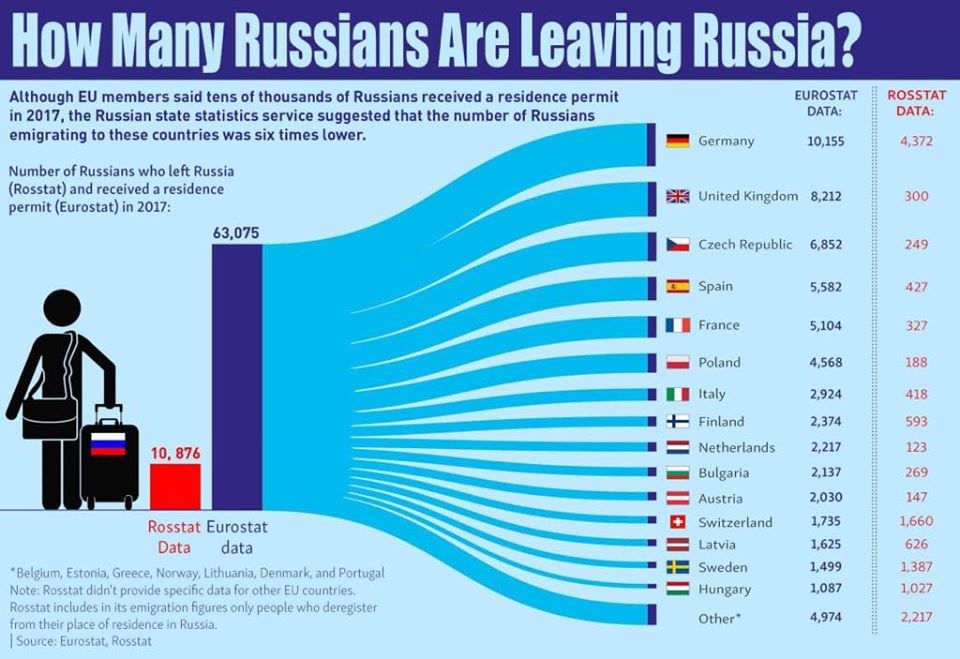
It is unclear whether the pandemic-induced increase in retirement among older adults will be temporary or longer lasting. Newly published labor force projections from the Bureau of Labor Statistics suggest it will be temporary. BLS projects large increases in labor force participation among older adults from 2020 to 2030, with nearly 40% of 65- to 69-year-olds being in the labor force by 2030, up from 33% in 2020.
The recent retirement spike has not been uniform across demographic groups. The share of older White adults who are retired increased 3 percentage points from Q3 of 2019 to Q3 of 2021. The retirement rate of older Black adults did not significantly increase. The retirement rate of U.S.-born adults ages 55 and older rose 3 points from 2019 to 2021, while the rate for their foreign-born peers was unchanged.
Retirement among those 55 and older who have completed at least a bachelor’s degree rose 3 percentage points over this period. Among older adults who have a high school diploma or less the rate increased 1 point.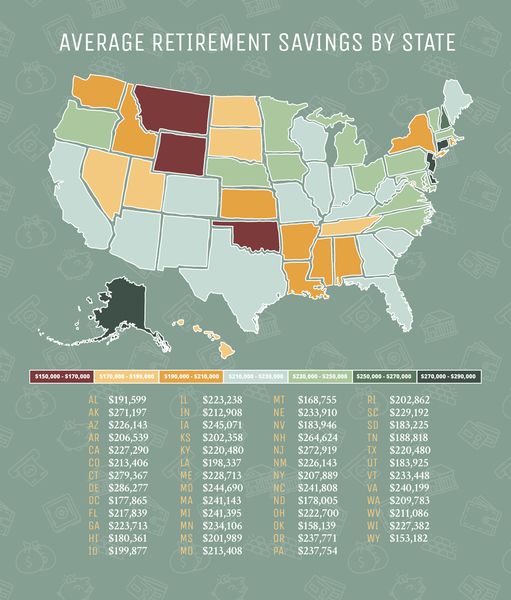 The retirement rate increased for older adults living in metropolitan areas (2 points) and also increased for older adults in rural areas (1 point).
The retirement rate increased for older adults living in metropolitan areas (2 points) and also increased for older adults in rural areas (1 point).
Richard Fry is a senior researcher focusing on economics and education at Pew Research Center.
POSTS BIO TWITTER EMAIL
Skip Navigation
Press Release Number CB22-SFS.113
From The American Presidency Project, Proclamation 5847—National Senior Citizens Day, 1988:
"Throughout our history, older people have achieved much for our families, our communities, and our country. That remains true today, and gives us ample reason this year to reserve a special day in honor of the senior citizens who mean so much to our land.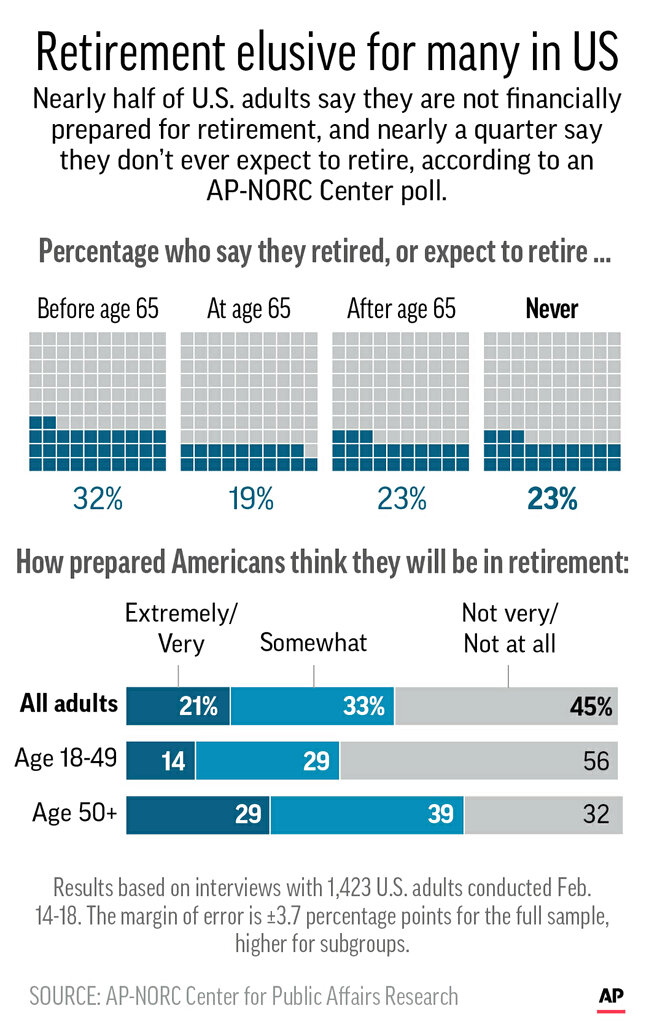
“With improved health care and more years of productivity, older citizens are reinforcing their historical roles as leaders and as links with our patrimony and sense of purpose as individuals and as a Nation. Many older people are embarking on second careers, giving younger Americans a fine example of responsibility, resourcefulness, competence, and determination. And more than 4.5 million senior citizens are serving as volunteers in various programs and projects that benefit every sector of society. Wherever the need exists, older people are making their presence felt—for their own good and that of others.”
Source: U.S. Census Bureau, Population Division, Demographic Analysis (DA), Special Tabulation.
Census Interactive Gallery: Demographic Analysis Estimates for the Total Population: April 1, 2020 (December 2020)
Note: Click on the image above for the interactive Tableau visualization.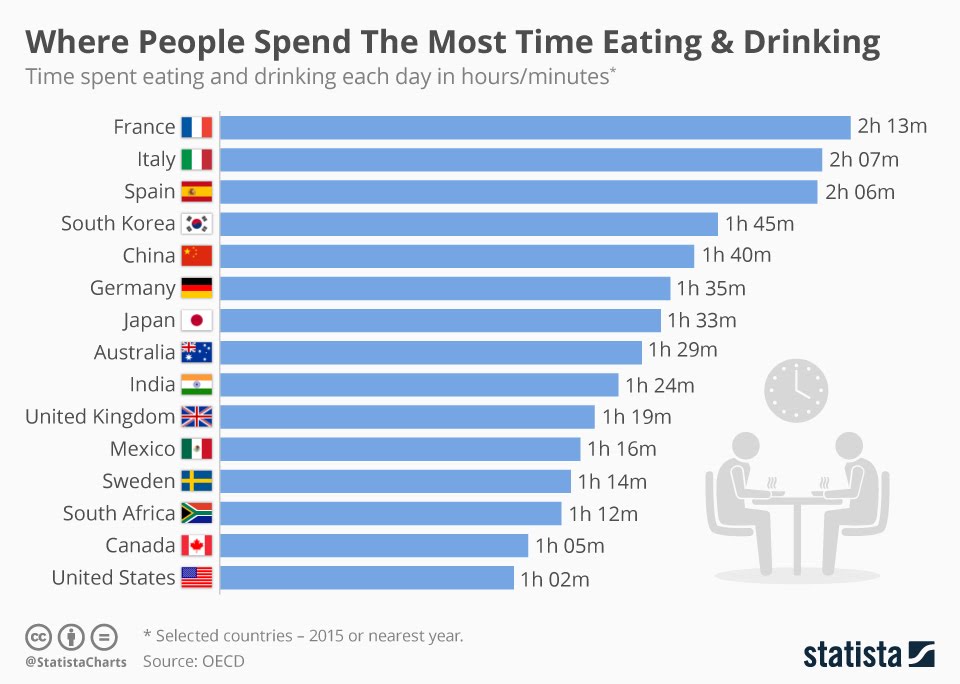
Source: National Population Projections, 2017.
Infographic: An Aging Nation: Projected Number of Children and Older Adults (March 2018)
Infographic: From Pyramid to Pillar: A Century of Change, Population of the U.S. (March 2018)
Note: Click the images above for high-resolution PDFs.
From Census.gov > Topics > Population:
Age and Sex
Age and Sex Tables
Older Population and Aging
Population News
Population Publications
Population Visualizations
Subtopic: Population Estimates
Subtopic: Population Projections
Source: U.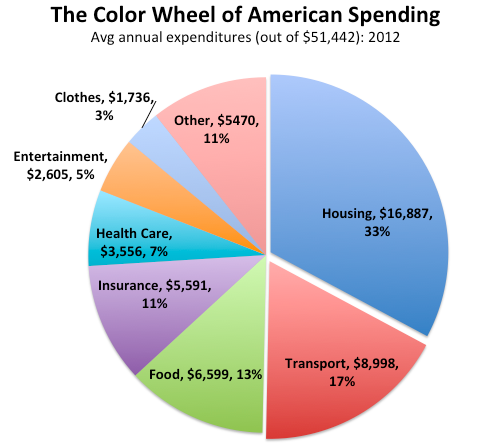 S. Census Bureau, Population Division.
S. Census Bureau, Population Division.
National Population by Characteristics: 2020-2021 (June 2022)
National Population by Characteristics: 2010-2019 (June 2022)
Source: 2019 American Community Survey (ACS) 1-Year Estimates.
Source: 2017 National Population Projections Tables: Main Series, Projections for the United States: 2017-2060.
From the Library: > America Counts: Stories Behind the Numbers:
America Counts: Stories About Population
National Archives Releases 1950 Census Records (April 2022)
Women More Likely Than Men to Have No Retirement Savings (January 2022)
No Kids, No Care? Childlessness Among Older Americans (December 2021)
From the Newsroom:
Stats for Stories: World Population Day: July 11, 2022
Press Release: Nation Continues to Age as It Becomes More Diverse (June 30, 2022)
Stats for Stories: Older Americans Month: May 2022
Stats for Stories: National Grandparents Day: September 12, 2021
Press Release: Census Bureau Releases International Population Estimates and Projections (December 15, 2020)
Press Release: U.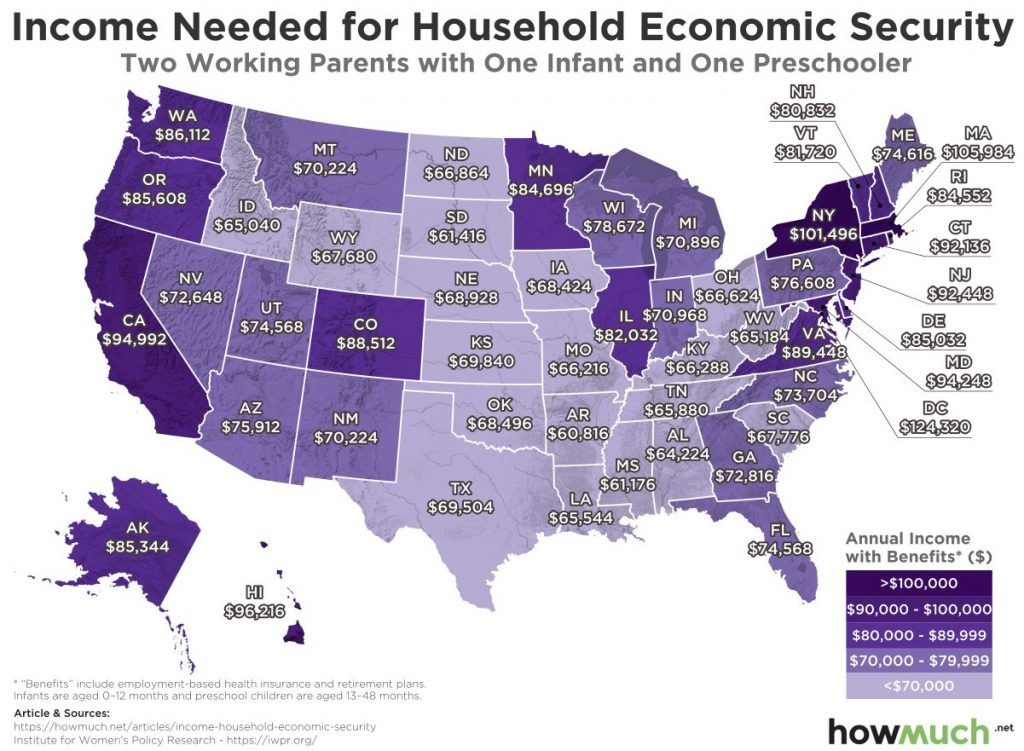 S. Census Bureau Releases National Population Projections Reports on Life Expectancy and Alternative Migration Scenarios (February 13, 2020)
S. Census Bureau Releases National Population Projections Reports on Life Expectancy and Alternative Migration Scenarios (February 13, 2020)
Corporation for National and Community Service, AmeriCorps Seniors
Library of Congress, Resources for Senior Citizens and Their Families
National Institute on Aging, Aging in Place: Growing Older at Home
Nutrition.gov, Older Individuals
Recreation Passes, see Annual Senior Pass and Lifetime Senior Pass
U.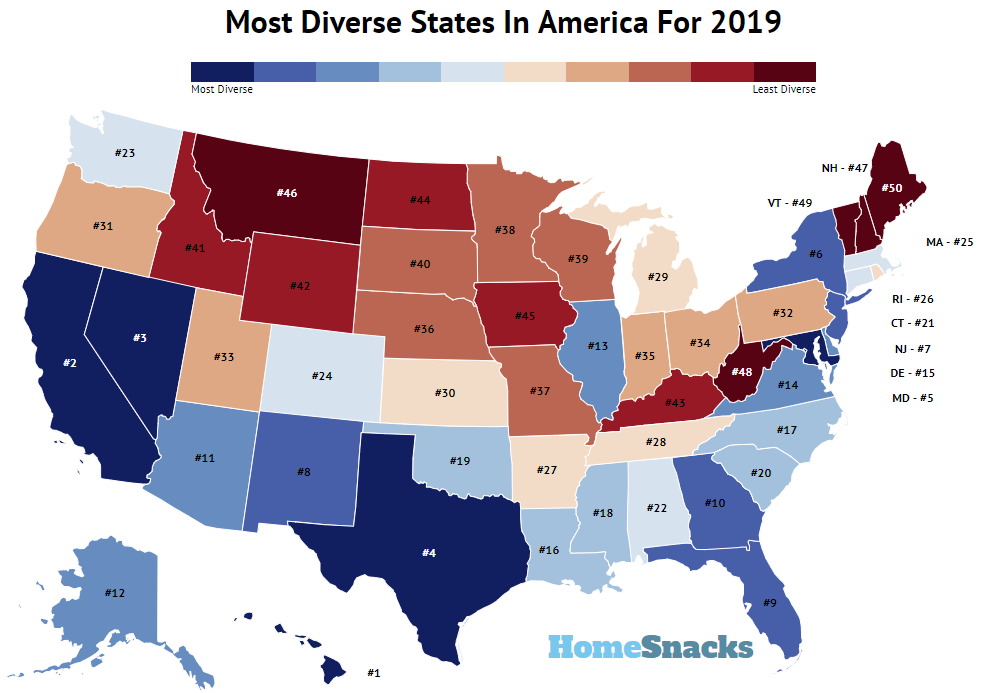 S. Department of Health and Human Services, Healthy Aging
S. Department of Health and Human Services, Healthy Aging
USAGov, search results: seniors
Page Last Revised - August 5, 2022
X
Is this page helpful?
X
Thank you for your feedback.
Comments or suggestions?
The American pension system was created in 1935 and has not changed much since then. This, at first glance, complex and intricate mechanism is recognized as one of the best reforms in the history of the United States.
There is no uniform retirement age in the US. The retirement period depends on the year of birth and the wishes of the person himself.
In some cases, Americans prefer to retire early - at age 62. To do this, you need to write a special application and justify the reasons for your decision. However, few people write such statements, because this means that a citizen will receive only 74% of the prescribed pension.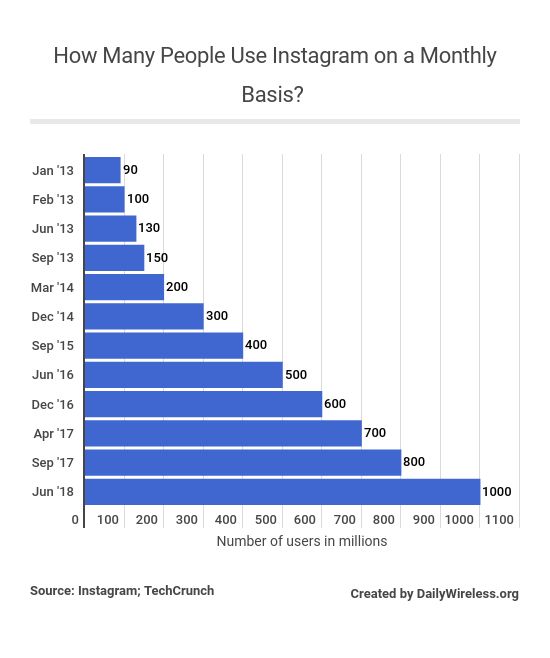 Usually citizens who prefer to retire at 62 are: persons dismissed at the initiative of the employer; people engaged in hard physical labor; those who have accumulated enough money for a comfortable old age. These people receive incomplete payments for life, even after reaching the generally accepted retirement age. An exception is made only for the poorest segments of the population, who earn less than 15,000 a year. They are entitled to a 100% pension
Usually citizens who prefer to retire at 62 are: persons dismissed at the initiative of the employer; people engaged in hard physical labor; those who have accumulated enough money for a comfortable old age. These people receive incomplete payments for life, even after reaching the generally accepted retirement age. An exception is made only for the poorest segments of the population, who earn less than 15,000 a year. They are entitled to a 100% pension
The US statutory retirement age is the same for both sexes. But on average, American men retire at 67 and women at 65.
The average US pension as of 2019-2020 is about $1,230. However, payments can vary greatly depending on the state, the profession of the pensioner, his length of service and salary.
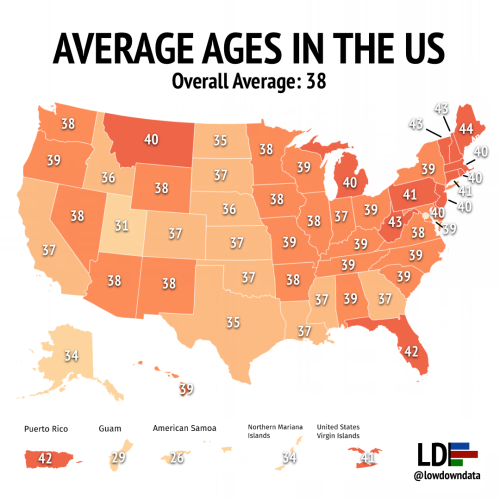
Receiving a minimum pension does not mean that the entire monthly income of a citizen will be only 300 or 600 dollars. According to 2015 data, the minimum income level for one person should be $733, and for a married couple - at least $1,100. Individuals who receive a lower amount are entitled not only to old-age pension, but also to social benefits. Working pensioners who have reached the age of seventy can also count on additional allowances.
There are no general benefits for all retirees in America. Older people pay the same taxes as those who work.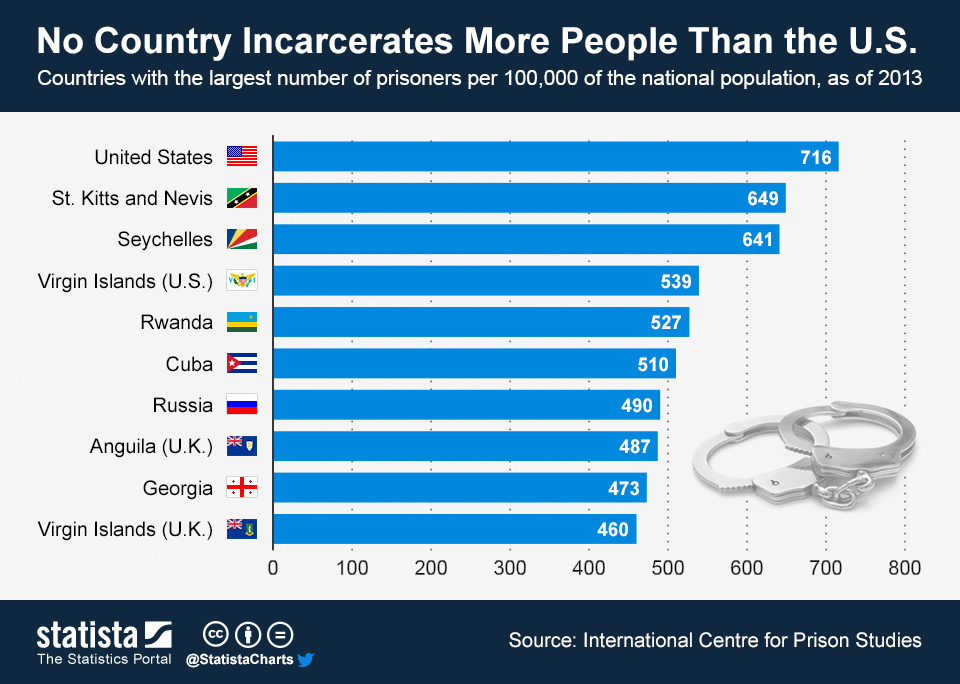 Therefore, the following practice is common in the United States: many earn their retirement in the more expensive northern states with large salaries, and after retirement they move to the poor southern states with low prices and taxes. But there is an easier way to cut your costs: look at the list of federal and local social programs, which now number 700,000. Participation in such programs will allow you to save on rent, medical care or get a free nurse.
Therefore, the following practice is common in the United States: many earn their retirement in the more expensive northern states with large salaries, and after retirement they move to the poor southern states with low prices and taxes. But there is an easier way to cut your costs: look at the list of federal and local social programs, which now number 700,000. Participation in such programs will allow you to save on rent, medical care or get a free nurse.
There are public and private pension funds in the USA. Despite the fact that a private fund may fail to invest the funds of its clients or go bankrupt, Americans willingly carry their money to such organizations. Firstly, the probability of losing your savings is still small. And, secondly, the average state pension has its own limit (it cannot exceed $1,800). Typically, government payments are only about half of an employee's salary.
A working citizen who has not reached retirement age and has extra money on hand can pay contributions to 2-3 funds at once, and then receive several pensions at once.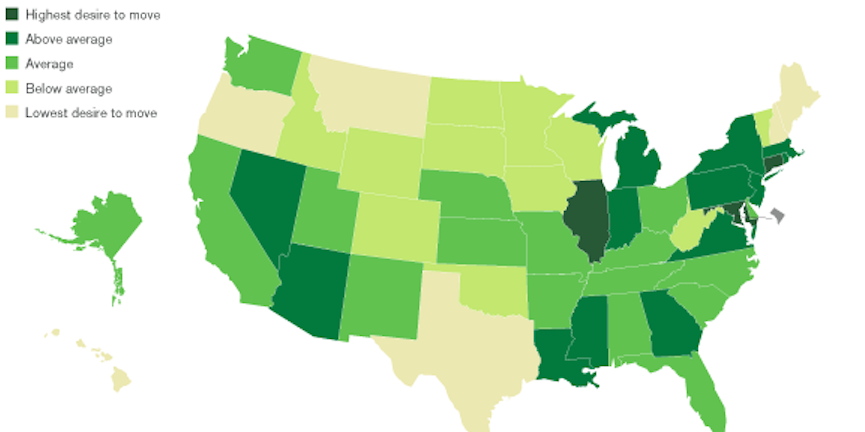 As a rule, all large companies create their own pension funds for their employees, where they themselves can make contributions.
As a rule, all large companies create their own pension funds for their employees, where they themselves can make contributions.
State pension is calculated as follows. For one worked year, the fund accrues 4 points to a citizen. Every American who scores 40 or more is eligible for qualifying government payments. To inform citizens, the pension fund sends letters at the end of each year in which legally working Americans are informed about the status of their accounts, the amount of a potential pension, the number of points, etc. In critical situations, the funds accumulated in the state fund can be obtained in the form of a loan at a reduced rate . Americans who take advantage of this opportunity, as it were, borrow from themselves, and then return the money to the fund as a regular loan.
Read also: The average salary in the US
The most pessimistic analysts predict the imminent collapse of the American pension system.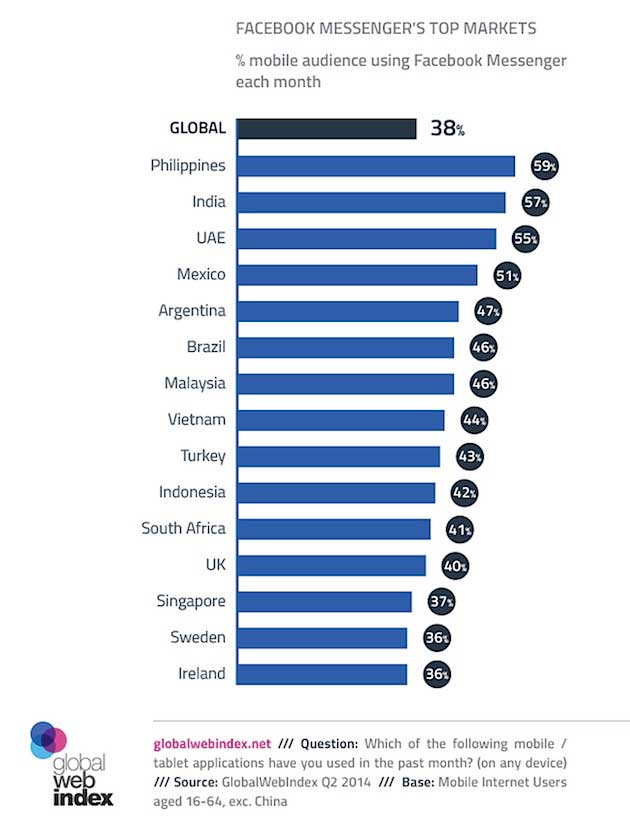 In their opinion, the crisis will be due to the fact that:
In their opinion, the crisis will be due to the fact that:
An obvious way out of the emerging crisis could be to raise the retirement age and reduce the amount of pensions, which, of course, will cause public discontent.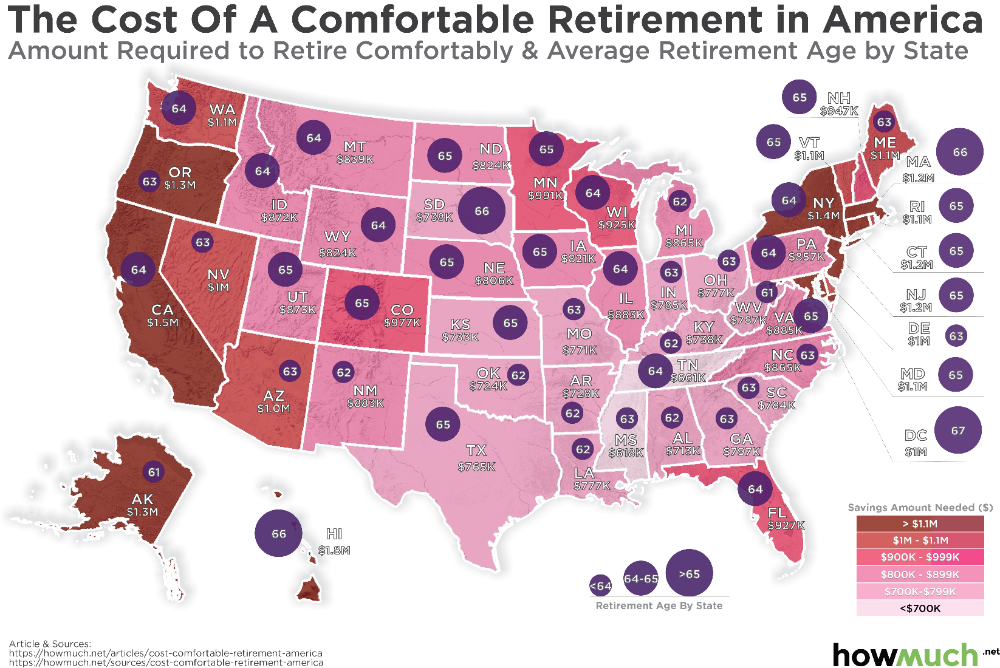
( 28 ratings, average: 4.93 out of 5 )
In order to rate the record, you must be a registered user of the site.
Loading...
https://ria.ru/20180622/1523252981.html
US pension system: pros and cons of late retirement
US pension system: pros and cons of late retirement US system: pros and cons of late retirement
The proposal to raise the retirement age to 63 and 65 years has become one of the most important topics in Russia. RIA Novosti tried to figure out how pensioners live in... RIA Novosti, 06/22/2018
2018-06-22T19:56
2018-06-22T19:56
2018-06-22T20:22
/html/head/meta[@name='og:title']/@content
https://cdnn21.img.ria.ru/images/sharing/article/1523252981.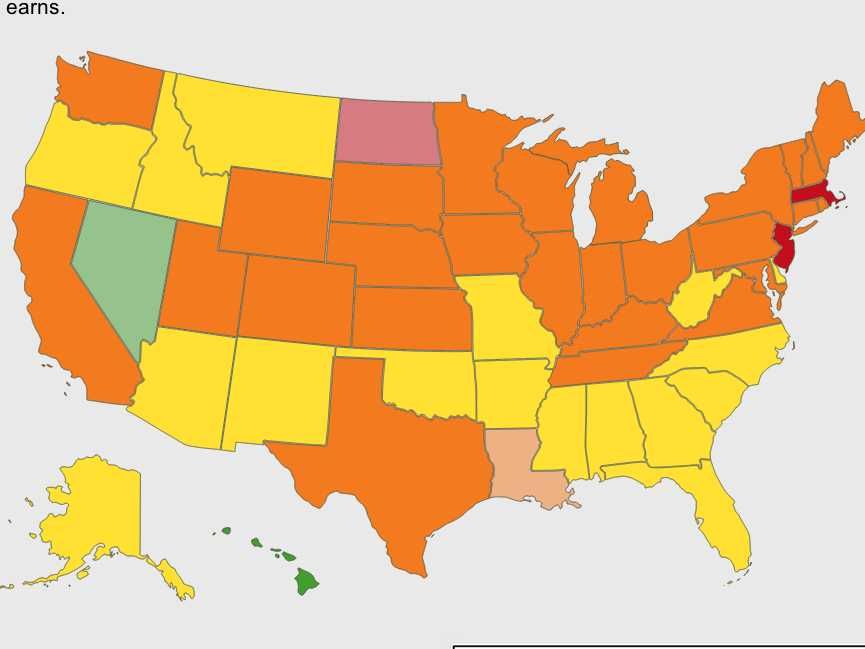 jpg?2000122071529688151
jpg?2000122071529688151
USA
RIA News
1
5
4.7
96
7 495 645-6601
Rossiya Segodnya
https: //xn---c1acbl2abdlkab1og.xn--p1ai/Awards/
2018
RIA Novosti
1
5
4.7
9000 9000
Internet-gruan.ru
49000 7 645-6601
FSUE MIA Rossiya Segodnya
https://xn--c1acbl2abdlkab1og.xn--p1ai/awards/
News
ru-RU
https://ria.ru/docs/about /copyright.html
https://xn--c1acbl2abdlkab1og.xn--p1ai/
RIA Novosti
1,000 .xn-p1ai/ awards/
RIA Novosti
1
5
4.7
9000
7 495 645-6601
FSUE MIA "Russia Today"
2222 https://xn--c1acbl2abdlkab1og.xn--p1ai/awards/
RIA Novosti
1,000 .xn--p1ai/awards/
in the world, USA
in the world, USA
WASHINGTON, June 22 - RIA Novosti, Ekaterina Sobol.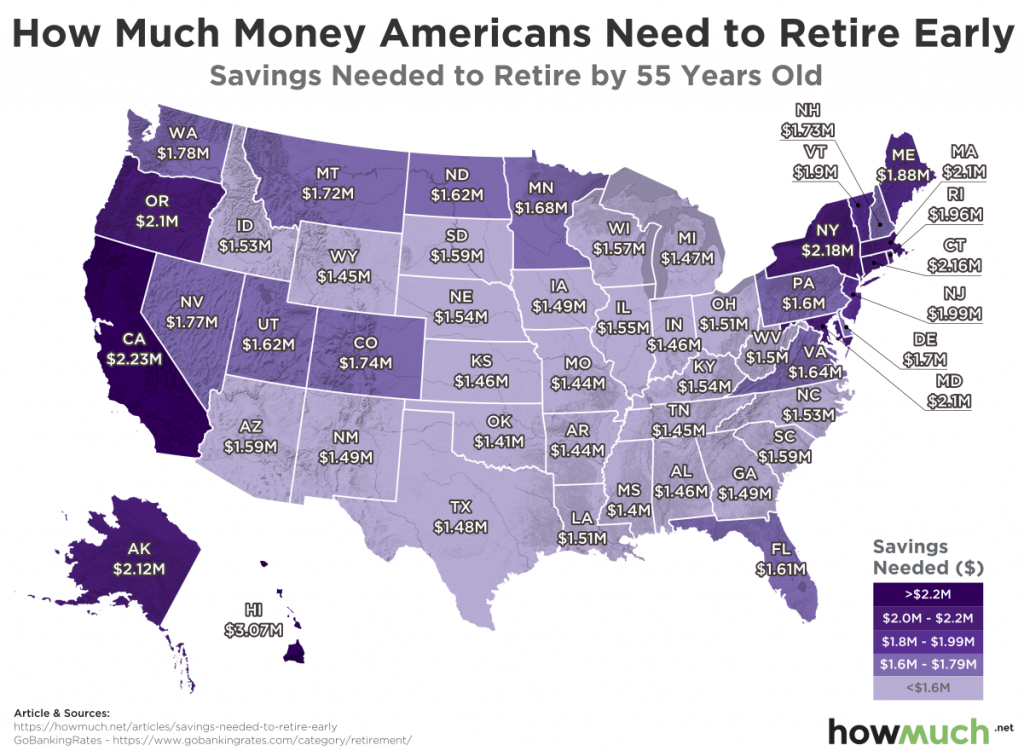 The proposal to raise the retirement age to 63 and 65 has become one of the most important topics in Russia. RIA Novosti tried to figure out how pensioners live in a country where the retirement threshold is 67 years old - in the United States of America.
The proposal to raise the retirement age to 63 and 65 has become one of the most important topics in Russia. RIA Novosti tried to figure out how pensioners live in a country where the retirement threshold is 67 years old - in the United States of America.
June 20, 2018, 5:10 pm
Psychologist talks about the benefits of late retirement 20% of pension payments.
The US pension system is multi-component. The pension consists of the one paid by the state, as well as the funded part. The accumulative, in turn, consists of what the employing company pays (the so-called 401K), if it is a civil servant - from government funds, as well as from the savings of the pensioner himself, which can be accumulated in his account or invested in securities and managed by funds .
Both of these items of pension savings are tax-free. Additional benefits are received by the military, who have a separate fund. So it is not uncommon for a pensioner to receive three pensions.
The US retirement age is now 67. At the same time, you can exit earlier, but then the payments will be less. You can retire early at age 62. To do this, you must write a statement and indicate the reason for your decision. At the same time, the social pension will be only 70-80% of the accrued monthly payments, depending on age and place of service.
June 20, 2018, 08:00
Years take their toll. How centenarians will destroy the global economy
For late retirement - at age 70 - monthly payments increase by 24%. But if the pensioner leaves even later, he must start withdrawing the funds accumulated in the pension account. This applies to both the state part of the pension and the funded part. Otherwise, tax will be charged on these funds.
Preferential Medicare health insurance is due to a pensioner from the age of 66. Low-income retirees are entitled to additional benefits under the Medicaid program.
Such a late retirement age in the United States by Russian standards is due to the constant increase in life expectancy, which was observed until 2016. By the end of 2017, life expectancy had declined slightly: to 78.6 years from 78.7 a year earlier, according to data published on the US National Center for Health Statistics (NCHS) website. Women in the United States live longer on average - 81.1 years, men - 76.1 years.
Since life expectancy has increased gradually, a progressive retirement scale is also provided. It allowed people born in certain years to retire earlier. For example, those born before 1937 years old, could do it at 65 years old. All those born after 1960 go on a well-deserved rest from the age of 67.
June 20, 2018, 08:00
Years take their toll. How Centenarians Will Destroy the World Economy
The Social Security Pension Act, which is still in effect today, was signed into law by President Franklin Roosevelt in 1935. According to this document, all persons whose age exceeds the officially established threshold are paid a cash allowance, the amount of which depends on the average wage level.
According to this document, all persons whose age exceeds the officially established threshold are paid a cash allowance, the amount of which depends on the average wage level.
Moreover, in America there is a program for the poor (SSI), which helps out in cases where the amount accrued by the state is lower than the cost of living. Under the terms of the program, each participating pensioner is paid an additional amount that does not reach the subsistence level.
It varies from state to state. For example, in New York State at the end of 2016, the cost of living was $990. If the social pension did not reach this threshold, the state paid at least up to this level.
At the same time, as Anton Konev, an employee of the apparatus of the New York State Senate, told RIA Novosti, assistance to such citizens is not limited to these payments.
"The state pension is an average of $1,000-1,200 a month. In addition to the pension, pensioners receive separate money for food.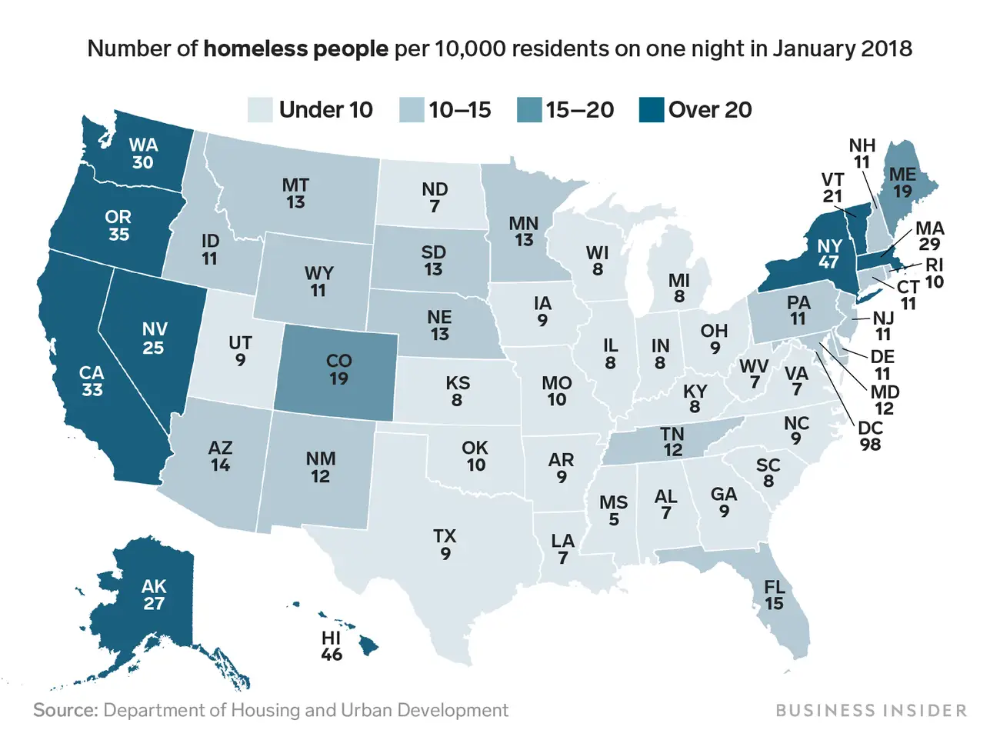 They are provided with assistance in paying utility bills (electricity and heating). Plus, they receive food that is delivered to them at home Or they go to special clubs for the elderly, where they are also fed, and they are fed quite well. They are also paid for the arrival of a nurse who visits them once a day," the agency's interlocutor explained.
They are provided with assistance in paying utility bills (electricity and heating). Plus, they receive food that is delivered to them at home Or they go to special clubs for the elderly, where they are also fed, and they are fed quite well. They are also paid for the arrival of a nurse who visits them once a day," the agency's interlocutor explained.
"As for nursing homes in the United States, those pensioners who have only a state pension (without a funded part) receive free accommodation in these homes. It is paid partly by the state, partly by the federal budget," Konev added.
June 14, 2018, 04:18 PM
Retirement age around the world
He emphasizes that "now in America, the authorities are trying to keep older people in their own homes and apartments."
"Like I said, nurses go to them, the state pays salaries for people who buy groceries. Or they take retirees to the store. Many apartment buildings have a state-supported program that pays for buses that take retirees to the store twice a week ", said Konev.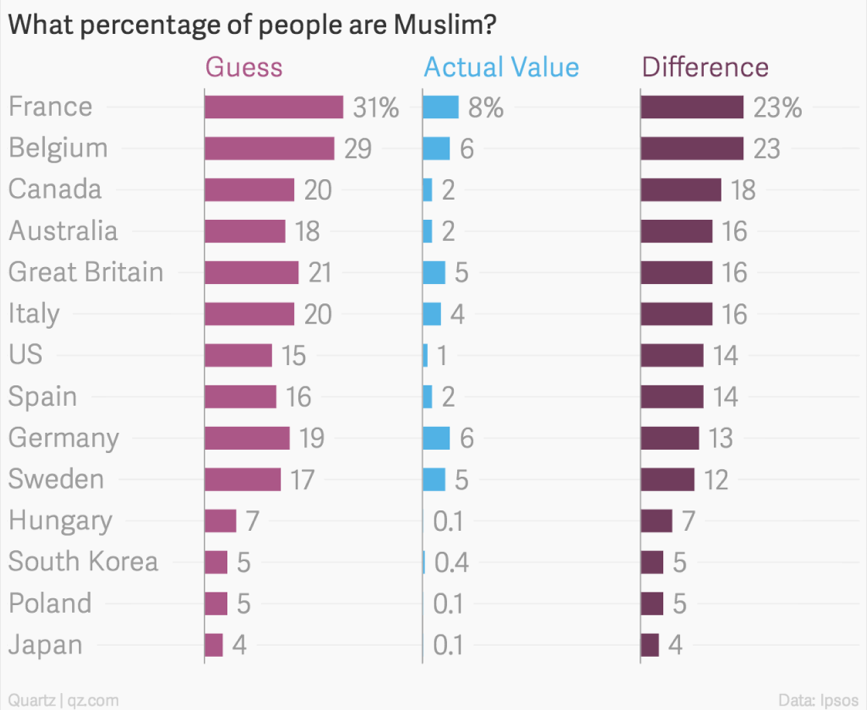
He points out that every politician is very focused on working with this electorate also because they are the most socially active citizens. "Unlike young people, they almost always vote. The turnout of older people in elections is close to 80%. They don't vote when they can't at all," Konev said.
Any person who works for the state, for example, a teacher, receives a pension under a separate pension scheme - in addition to the basic pension, there are separate contributions to special funds.
"For example, I work for the state. My accruals go to a separate New York state pension fund. All New York City employees have the same one," Konev explained.
June 5, 2018, 01:32
The State Department sent the Deputy Secretary of State to retire
According to him, the calculation is carried out in each case differently. "For example, my pension will be 65% of the average salary for the last three years of work for the state.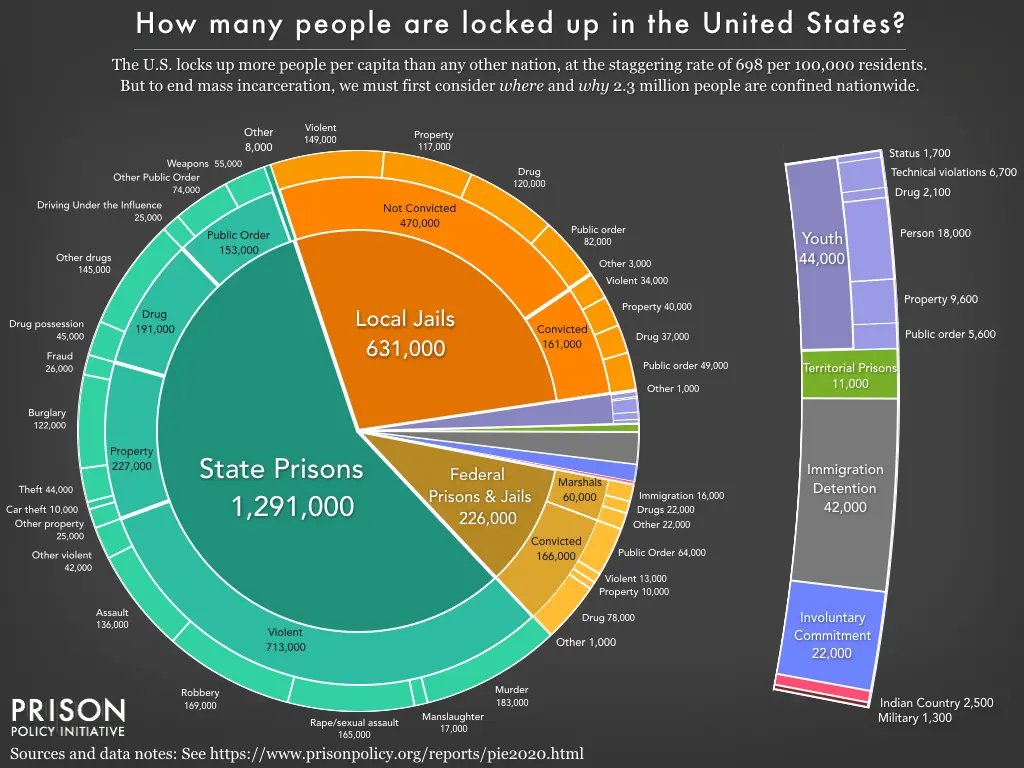 For some, it will be 75%. For people who later started working for the state, it will be 50%," the agency's interlocutor explains.
For some, it will be 75%. For people who later started working for the state, it will be 50%," the agency's interlocutor explains.
In addition, civil servants retire earlier. For the state of New York, this is 65 years.
In 1920, the United States passed the Civil Service Retirement Act. He, as former civil servants note, was more "favorable" to them than the current norms.
"According to that law, we were entitled to an increased coefficient for calculating the length of service, when you could only be part-time, but received payments from the state to the pension fund as for full employment," former US postal worker Cindy Worell told RIA Novosti.
However, in 1983, the legislation was tightened: the calculation is carried out clearly according to the time spent at the workplace. As Worell admitted, due to health reasons, she could not work up to 65 years for several months, and because of this, her pension amounted to 80% of her payments.
The retirement age is calculated differently for military and police officers.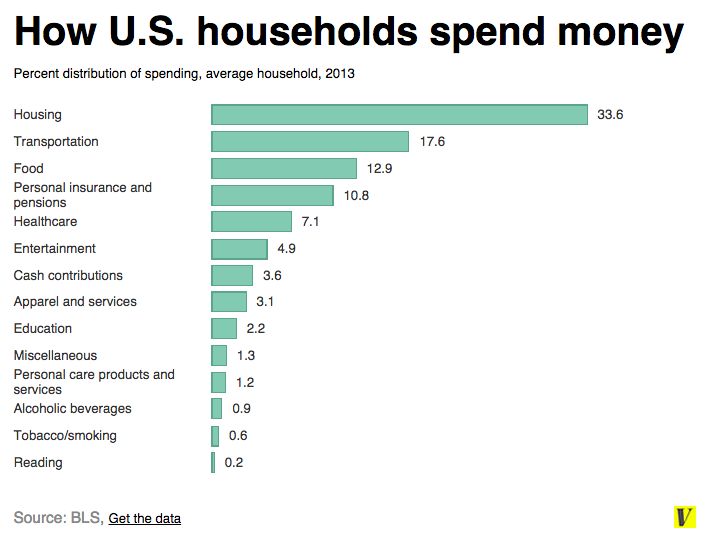 For example, colleague Worell, who retired under the old law, received 40 years of service by the time he retired at 65. Due to his service in the US Army, he received large additional payments and, according to Worell, "became a real rich man."
For example, colleague Worell, who retired under the old law, received 40 years of service by the time he retired at 65. Due to his service in the US Army, he received large additional payments and, according to Worell, "became a real rich man."
Military and police officers in the US are a completely different story, they can start receiving a full pension after 20 years of service. Moreover, under American law, a soldier who has served in peacetime for 20 years or fought in the US Army for at least one day is considered a veteran. In addition to pensions, veterans have benefits, for example, for travel.
June 15, 2018, 19:01
First female ISS Commander Peggy Whitson retires
"Veterans have special programs. All social programs always ask if a person served. Veterans are provided first in all social programs," — Konev says.
"For example, today I was just solving the issue of a veteran.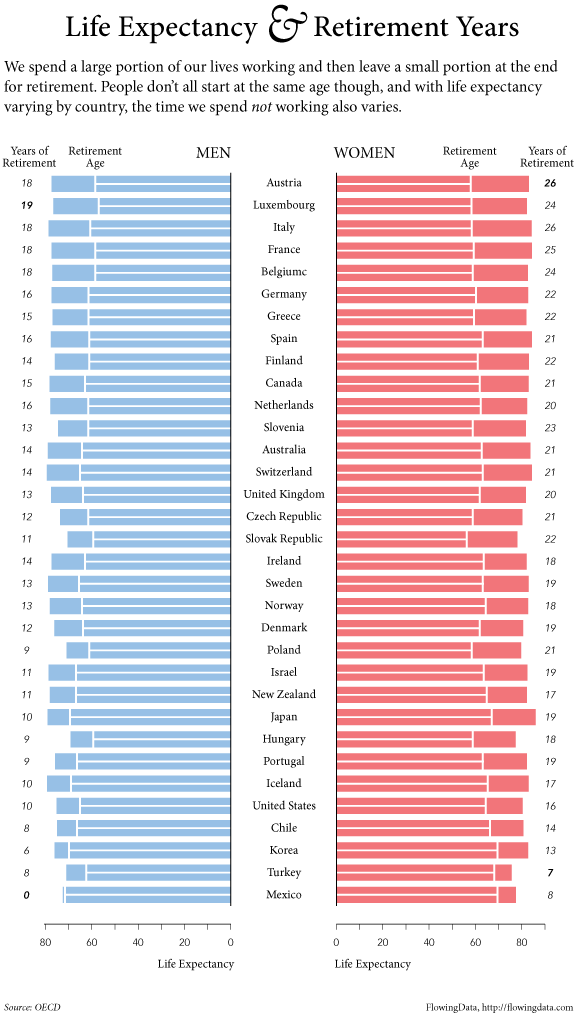 The people who lived with him did not pay the rent. And we are kicking them all out. But for the veteran we will ask separately so that he is not thrown out into the street," he added
The people who lived with him did not pay the rent. And we are kicking them all out. But for the veteran we will ask separately so that he is not thrown out into the street," he added
Another source of pension payments in the United States are savings funds and personal accounts of Americans. The law regulating this process was passed in 1974. The funds that accumulate such funds can be both private and public. It should be noted that the amount transferred to such a fund is not taxed. The funds accumulated in such a fund are available at any time for a future pensioner, but if a person requests them before the retirement age, he will be forced to pay tax.
The employing company can act in the same way. The first pension fund, to which contributions were made only by employers, appeared in 1875. The system of such payments is called 401K in the USA. Moreover, the business is interested in transferring money to employees in the savings fund - due to this, the company can reduce the tax rate.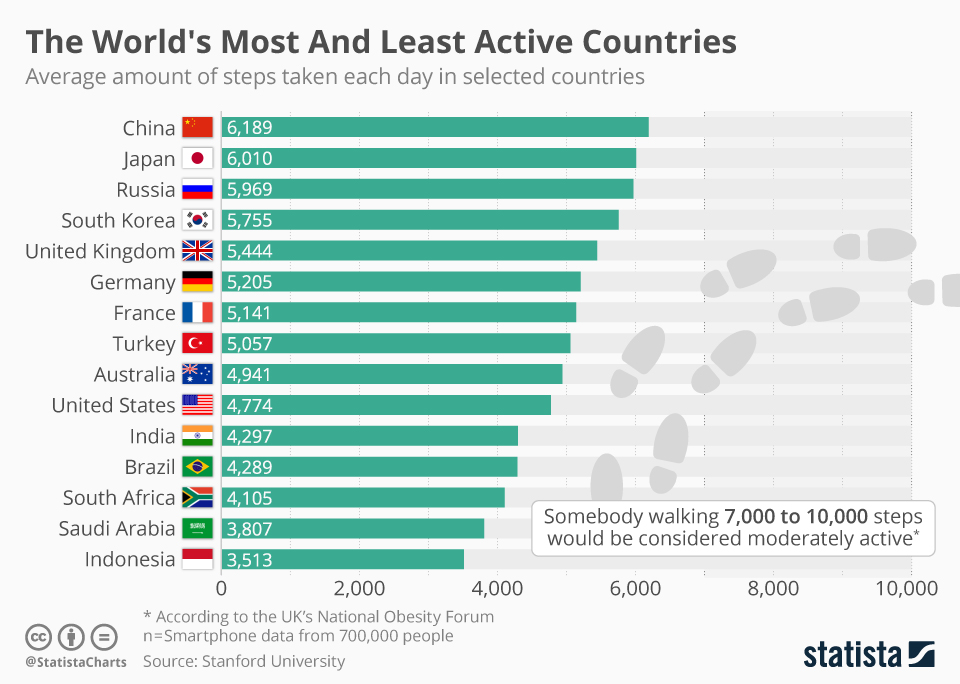 Contributions to such funds from the employer can be as much as 10% of the salary, or 50% or more. It all depends on the decisions of the individual company.
Contributions to such funds from the employer can be as much as 10% of the salary, or 50% or more. It all depends on the decisions of the individual company.
June 21, 2018, 10:37
Who can live well in retirement in Germany: the reality of German social security
By agreement with the employer or by decision of the citizen himself, the funded part can be sent to the selected investment fund. The actual amount of savings on an employee's pension account depends on the success of a particular investment company.
"This is a risky, but potentially more profitable tool. This model allows you to additionally finance the economy from pension savings, ensuring business development. Investments in the economy through such a tool amount to trillions of dollars a year," says a leading economist at the Washington-based analytical agency Smith`s Research & Gradings Scott McDonald.
According to him, after the change in legislation, the instrument of savings funds and personal accounts of Americans began to be used in the United States in the mid-1980s.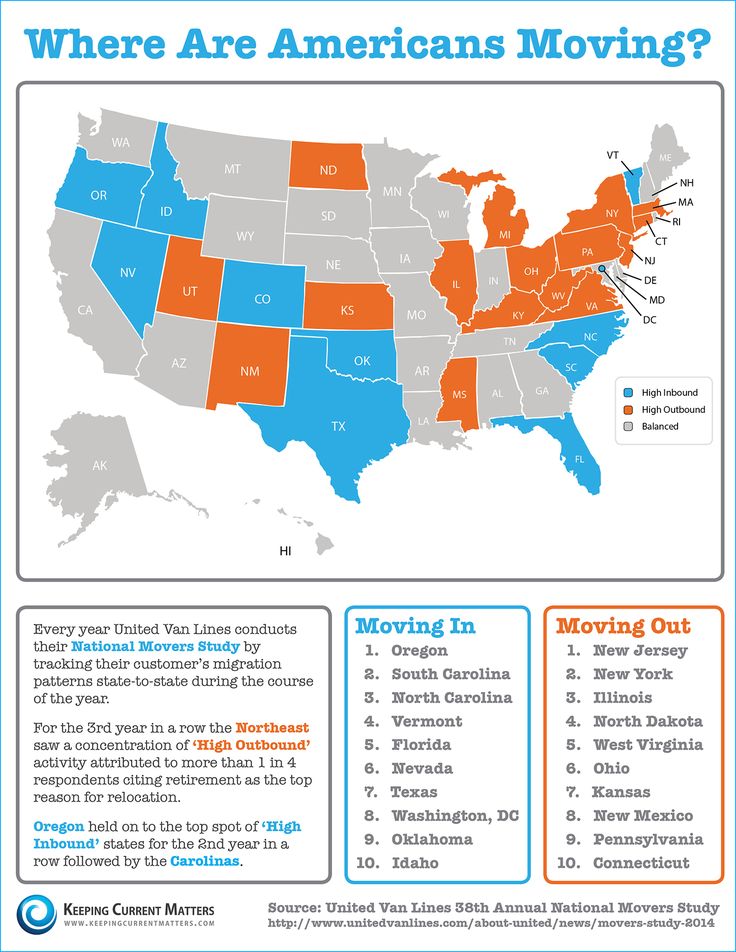
"Of course, the option of investing in securities is risky. In 2008, many pension savings suffered. But now the economy is growing, and the forecast is positive," he notes.
Although all of the interlocutors interviewed by the agency agree that at the moment the US pension system is optimal, this does not mean that it does not require adjustments.
February 7, 2018, 08:00
Amateur biotechnology: how to overcome old age and crack DNA
McDonald said that the government is discussing changes to legislation regarding savings funds. "How can an ordinary steelmaker be protected from losses on the stock exchange? After all, he does not understand anything about this," he said.
In addition, there is a discussion about the retirement age in the USA. Republicans, who make up the majority in Congress, are seeking to raise the retirement age, while Democrats are in favor of at least maintaining existing norms by blocking Republican bills.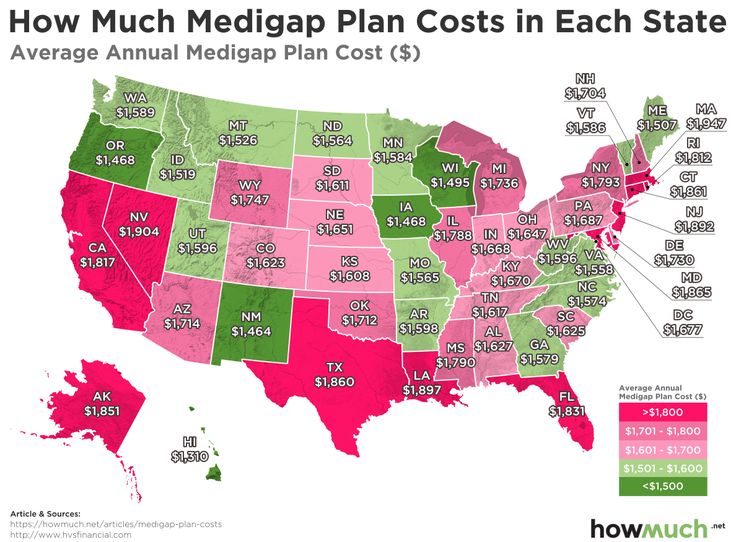
In 2017, Speaker of the House Paul Ryan (Republican), as well as an active participant in the presidential race, Republican Senator Marco Rubio of Florida, proposed raising the retirement age to 69 years. In 2010, then-Speaker of the House Republican John Boehner introduced a bill proposing to raise the retirement age to 70.
The motivation of the Republicans is that the burden of pension payments on the budget is too high.
The existing retirement age scale in the US does not suit all Americans, and many retire earlier despite losing 20-30% of their social pension. Payments of the funded part of the pension in case of early withdrawal are also subject to a fine of 10%, and in this case they are also taxed.
According to the US Bureau of Statistics, on average, Americans do not reach the required age of 67 and retire at 63 with a loss in benefits. For civil servants, the period in which they go on a well-deserved rest is 62-65 years.
According to an industry study conducted by Allstate Insurance Company in conjunction with the National Journal, the optimal retirement age in the United States is between 60 and 65 years old.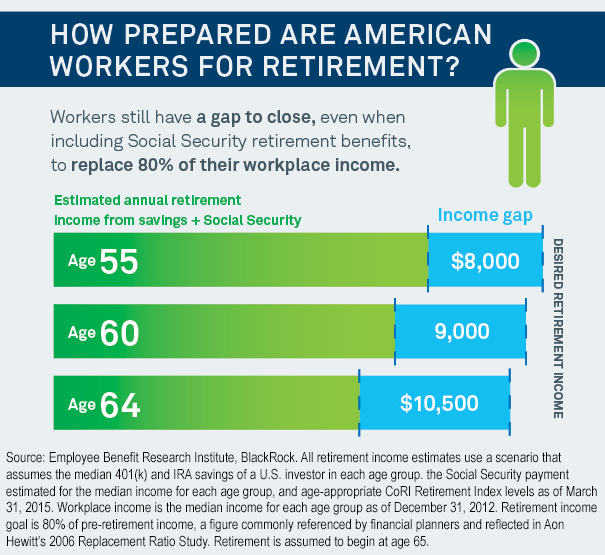
19 July 2017, 17:14
The UK will raise the retirement age to 68 years in 2039
According to the Bureau of Labor Statistics of the US Department of Labor, the average American spent about $4.2 thousand per month in 2016, or about $50.3 thousand per year (excluding payments to the pension fund). Of these, on average, about $600 per month was spent on food, or about $7.2 thousand per year.
Approximately 1.6 thousand dollars per month (about 19 thousand per year) were spent on housing, about 150 dollars per month (about 1.8 thousand per year) were spent on clothes and services. Americans spent about $750 a month on transportation (about $9thousand per year), for the purchase of cars and the cost of maintaining them - about $ 460 per month (about 5.5 thousand per year).
About $625 a month, or about $7,500 a year, for health care and medical insurance payments, about $250 a month for various kinds of entertainment (about $3,000 a year).